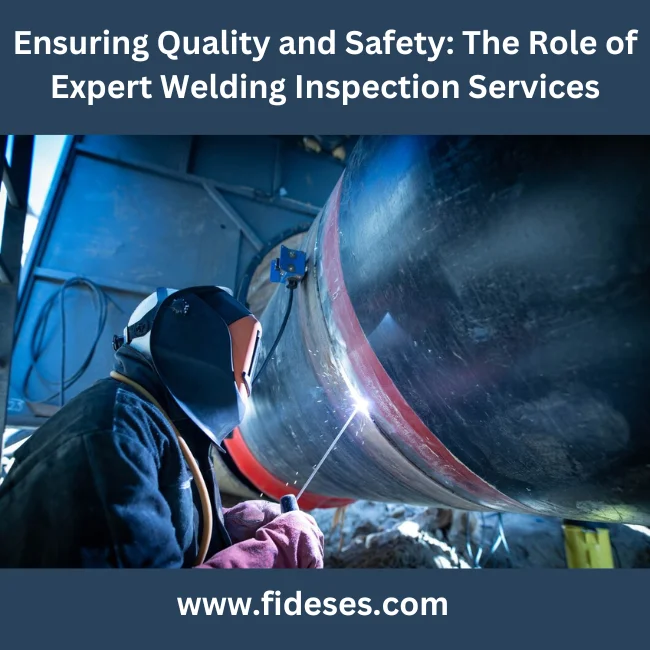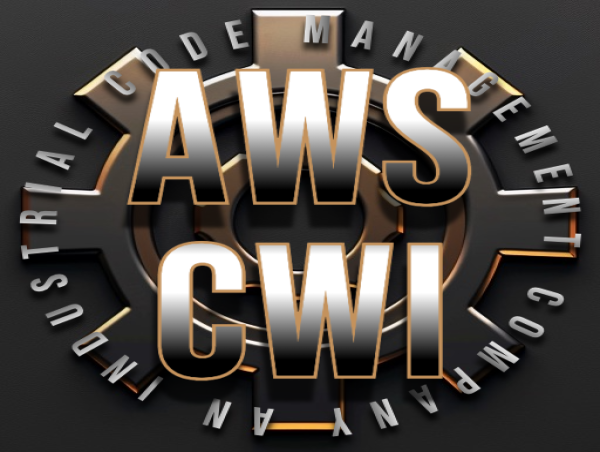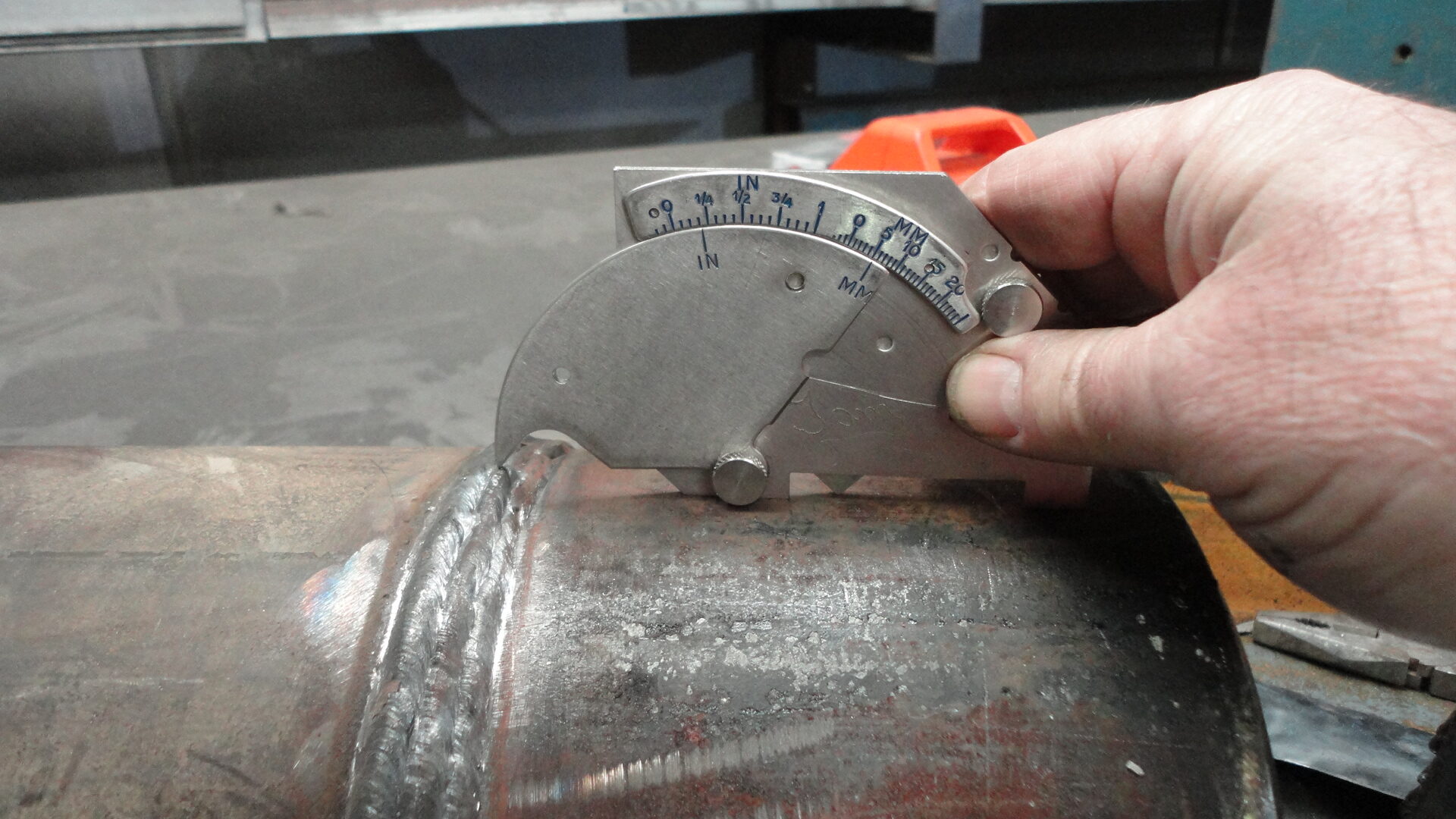A Comprehensive Guide to Welding Examination Techniques and Best Practices for Top Quality Assurance in Fabrication Projects
Welding assessment offers as a basic column in making certain the structural integrity and safety of fabricated projects. Developing reliable techniques and a robust high quality administration system can improve compliance and integrity.
Relevance of Welding Inspection
Welding inspection is a crucial component in making certain the honesty and security of welded frameworks. The procedure includes a systematic evaluation of welds to recognize any kind of problems that may endanger the stamina and sturdiness of the end product. Efficient evaluation is essential not just for compliance with sector requirements and policies yet likewise for safeguarding the health and wellness of employees and the public.

Furthermore, welding assessment acts as a valuable device for continual improvement in construction procedures. By determining recurring issues, companies can apply corrective steps, bring about enhanced training for welders and far better total techniques. Inevitably, focusing on welding assessment promotes a culture of quality control, ensuring that projects fulfill both consumer assumptions and regulative requirements. This aggressive strategy is critical for attaining excellence in welding and fabrication.
Typical Welding Inspection Strategies
Different strategies are utilized to evaluate welds, each customized to detect certain kinds of issues and guarantee top quality. Among one of the most commonly used approaches are visual assessment, ultrasonic screening, radiographic testing, magnetic bit screening, and dye penetrant testing.
Aesthetic inspection is the most uncomplicated approach, allowing examiners to recognize surface abnormalities such as cracks, porosity, and undercutting. Ultrasonic testing utilizes high-frequency acoustic waves to spot interior imperfections, providing an extensive evaluation of weld stability. Radiographic screening makes use of X-rays or gamma rays to create pictures of the weld, exposing interior flaws that are not noticeable to the nude eye.
Magnetic fragment screening is particularly effective for ferromagnetic materials, identifying surface and near-surface problems by applying magnetic fields and using great bits that suggest abnormalities. Color penetrant screening includes applying a colored dye to the weld surface, which leaks into cracks and is revealed under ultraviolet light, making it simple to find problems.
Each of these methods plays a vital function in preserving welding top quality, and the choice of a proper technique depends upon the certain demands of the fabrication project, including product kind, weld setup, and the preferred level of inspection.
Important Evaluation Tools


Determining tools, including calipers, determines, and rulers, are vital for confirming resistances and measurements. These instruments aid guarantee that welds fulfill the required specs for toughness and sturdiness. In addition, ultrasonic screening devices are utilized to detect interior imperfections without compromising the stability of the weld. This non-destructive screening method is crucial for determining concerns that may not be visible on the surface.
Another important device is the hardness tester, which examines the mechanical homes of a weld and determines its suitability for specific applications. Lastly, welding inspection software application aids in recording findings, helping with information analysis, and ensuring conformity with industry requirements. Together, these essential inspection devices develop an extensive arsenal that sustains the welding evaluation process, inevitably adding to the quality control of construction projects.
Ideal Practices for Quality Guarantee
In the quest of quality guarantee, executing finest practices is essential for attaining regular and dependable welding end results. Establishing a thorough welding high quality monitoring system (WQMS) is essential. This system needs to include specified procedures, requirements, and documentation methods that guide every phase of the welding procedure.
Routine training and qualification of welding personnel are critical. Competent welders with updated understanding of strategies and precaution contribute substantially to top quality. Furthermore, carrying out pre-welding examinations guarantees that products and tools meet specified criteria, reducing the possibility of flaws.
Including real-time surveillance during the welding process permits instant discovery of abnormalities, making it possible for corrective actions to be taken company website promptly. Post-welding evaluations, including visual checks and non-destructive testing (NDT), are important in validating weld integrity and compliance with industry requirements.
In addition, maintaining careful documents of examinations, weld parameters, and restorative actions cultivates a society of accountability and continuous improvement. Engaging stakeholders in regular quality reviews can likewise boost the overall effectiveness of quality assurance steps. By adhering to these finest methods, companies can significantly boost their welding top quality guarantee initiatives, therefore making certain task success and customer satisfaction.
Enhancing Safety And Security and Conformity
Attaining high criteria in welding high quality assurance normally lines up with the critical of enhancing safety and security and conformity within the market. Efficient welding assessment methods are important in guaranteeing and identifying possible risks that all processes comply with regulative standards. These strategies not just offer to preserve structural honesty however also shield the health and wellness and safety of employees included in fabrication tasks.
Executing strenuous inspection procedures, such as visual assessments, non-destructive testing (NDT), and detailed paperwork, establishes a society of security and liability. Training welders and examiners in existing safety guidelines and ideal practices is necessary. This check my source makes certain that all team participants know potential dangers and are outfitted to mitigate them.
Furthermore, conformity with sector standards, such as those set by the American Welding Society (AWS) and the International Organization for Standardization (ISO), is non-negotiable. Routine audits and analyses aid identify gaps in security measures and advertise continual improvement - Welding Inspection Milwaukee. Ultimately, a commitment to improving security and compliance not only promotes a much safer working setting yet additionally leads to superior quality outcomes and decreased obligation for organizations participated in welding construction
Final Thought

Welding assessment offers as a fundamental column in making certain the structural stability and safety and security of fabricated jobs.Welding inspection is a vital part in ensuring the stability and safety and security of welded structures. Eventually, focusing on welding inspection promotes a society of top quality assurance, guaranteeing that tasks fulfill both customer find this expectations and regulative demands. With each other, these essential evaluation tools develop a thorough collection that sustains the welding inspection process, eventually adding to the high quality guarantee of manufacture tasks.
In conclusion, effective welding evaluation is critical for ensuring the structural integrity and safety of produced jobs. Welding Inspection Milwaukee.
Comments on “How to Prepare for a Welding Inspection Milwaukee Experts Recommend”